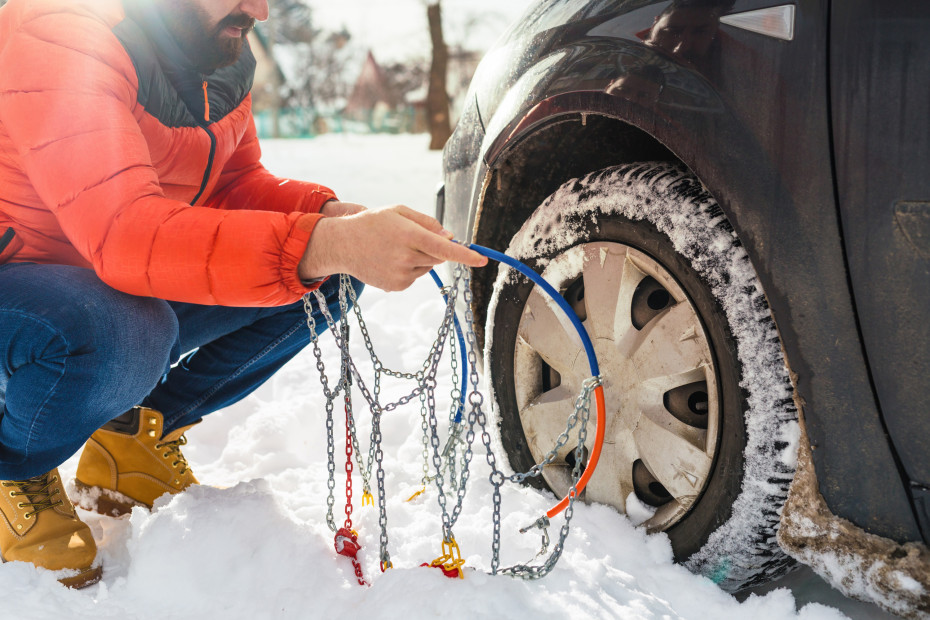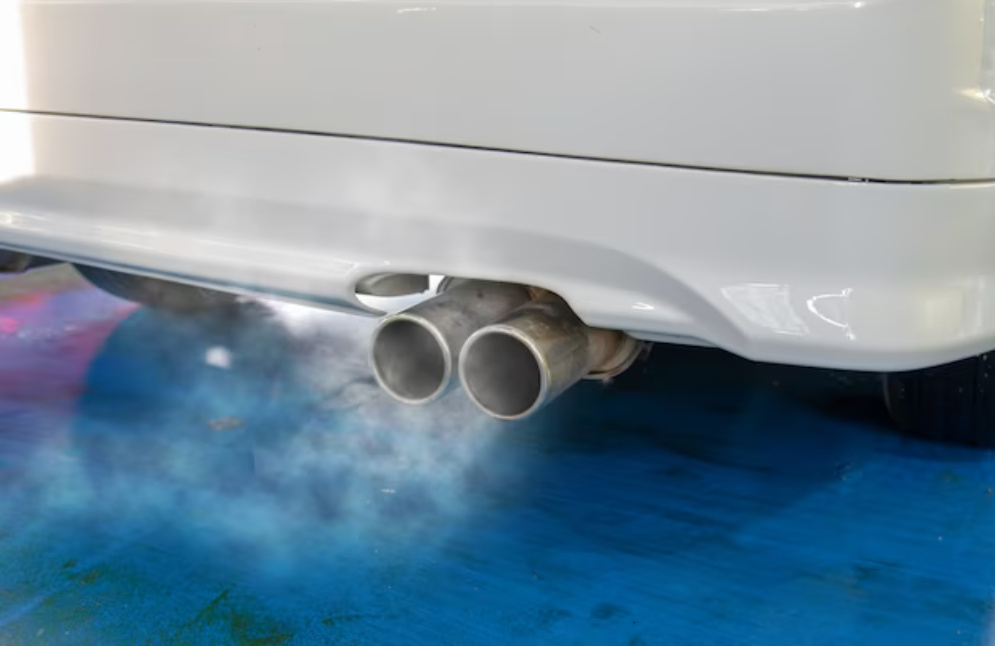What Are Tire Chains For Snow?
Snow tire chains, often referred to simply as tire chains, are a type of traction device fitted around the tires of vehicles to enhance their grip on snowy or icy roads. Constructed from metal links, these chains are specifically designed to provide the additional friction needed to navigate challenging winter conditions safely. As an essential tool for drivers in regions with severe winter weather, snow tire chains ensure improved vehicle control and stability, reducing the risk of skidding or getting stuck.
In this blog post, we'll explore what snow tire chains are, how they work, their benefits, and provide a step-by-step guide on how to install and maintain them, ensuring safer journeys during the winter season.

What Are Snow Tire Chains?
Snow tire chains are devices fitted around the tires of a vehicle to provide increased traction on snowy or icy roads. They are typically made from metal chains or cables and are designed to bite into the ice and snow, preventing the tires from slipping. Snow tire chains come in various designs and materials, each suited to different vehicles and driving conditions.

Snow tire chains are most effective in deep snow and on icy roads. However, they should not be used on dry or wet pavement, as they can damage both the tires and the road surface. Be aware of regional regulations and laws regarding the use of snow tire chains, as some areas require their use under specific conditions.
There are several types of snow tire chains, each with its own advantages and disadvantages:
- Cable Chains: Made from steel cables, these chains are lightweight and easier to install than traditional link chains. They provide good traction and are less likely to damage your vehicle's body or suspension. However, they may not be as durable as link chains.
- Link Chains: These are the traditional type of snow chains, made from interconnected metal links. They are extremely durable and offer excellent traction. However, they are heavier and can be more challenging to install. They are also more likely to cause damage to the vehicle if not installed correctly.
- Diamond-Pattern Chains: These chains form a diamond pattern across the tire, offering superior traction and a smoother ride compared to ladder-pattern chains. They distribute weight more evenly, reducing the risk of slippage.
- Alternative Traction Devices: These include textile-based devices like the AutoSock, which is a fabric cover that fits over the tire, providing increased traction. These are easy to install and remove but may not offer the same level of durability and performance as metal chains.

Using snow tire chains offers several benefits, especially in severe winter conditions:
- Enhanced Traction: Chains provide better grip on snow and ice, helping you navigate slippery roads more safely.
- Improved Vehicle Control: With increased traction, you have better control over your vehicle, reducing the chances of skidding and accidents.
- Increased Safety: By preventing tire slippage, chains enhance overall driving safety in winter conditions.
- Legal Requirements: In some regions, the use of snow tire chains is mandatory during certain times of the year or under specific weather conditions.
Snow tire chains enhance traction by creating a textured surface on the tire that grips the snow and ice. This added grip helps prevent the tires from spinning, allowing the vehicle to move forward more easily and reducing the risk of skidding. Snow tire chains are particularly effective in deep snow and on ice-covered roads, where regular tires, even winter tires, might struggle to maintain traction.
Compared to other winter traction devices, such as snow tires or studded tires, snow tire chains provide superior grip in extreme conditions. While snow tires are designed with a special tread to handle snowy conditions, they might not offer sufficient traction on ice. Studded tires, on the other hand, are equipped with metal studs that dig into ice but can be less effective on dry or wet pavement. Snow tire chains offer a versatile solution that can be used in the harshest winter conditions.

Installing snow tire chains might seem daunting, but with a bit of practice, it can be done quickly and efficiently. Here's a step-by-step guide:
Step 1: Prepare Your Vehicle
- Park on a flat, stable surface.
- Engage the parking brake.
- Lay out the chains and ensure there are no twists or tangles.
Step 2: Position the Chains
- Drag the chains over the top of the tire, ensuring they are centered.
- Let the chains hang evenly on both sides of the tire.

Step 3: Connect the Chains
- Connect the fasteners at the back of the tire first.
- Pull the chains tight and connect the front fasteners.
- Make sure the chains are evenly distributed around the tire.
Step 4: Tighten and Adjust
- Use a tensioner or rubber adjuster to ensure the chains are snug.
- Drive forward a few feet and recheck the chains. Tighten as necessary.
Safety Tips
- Always install chains on all four tires for all-wheel drive and four-wheel drive vehicles.
- For front-wheel-drive cars, install chains on the front tires. For rear-wheel drive, place them on the rear tires.
- Practice installing chains in a safe, dry environment before you use them in the snow.
Why should I use snow tire chains?
Snow tire chains significantly improve traction, vehicle control, and safety in severe winter conditions. They help prevent tire slippage, reducing the risk of accidents on snow-covered or icy roads.
How do I know which type of snow tire chain to use?
The best type depends on your vehicle and driving conditions. Cable chains are lightweight and easy to install, link chains are durable and provide excellent traction, and diamond-pattern chains offer a smoother ride and better weight distribution.
When should I use snow tire chains?
Use snow tire chains in deep snow and on icy roads. They are most effective in extreme winter conditions where regular tires, even winter tires, might struggle to maintain traction.
Are there legal requirements for using snow tire chains?
Yes, some regions have laws requiring the use of snow tire chains under certain conditions. Always check local regulations before driving in winter conditions to ensure compliance.
Snow tire chains are an essential tool for safe winter driving, providing enhanced traction and improved vehicle control in snowy and icy conditions. By understanding how they work, knowing the different types available, and following proper installation and maintenance procedures, you can ensure your vehicle is prepared for the harshest winter weather. Stay safe on the roads this winter and consider adding snow tire chains to your vehicle's winter preparedness kit.
Click on the following link to read another blog post: How To Change Your Car's Air Filter?















